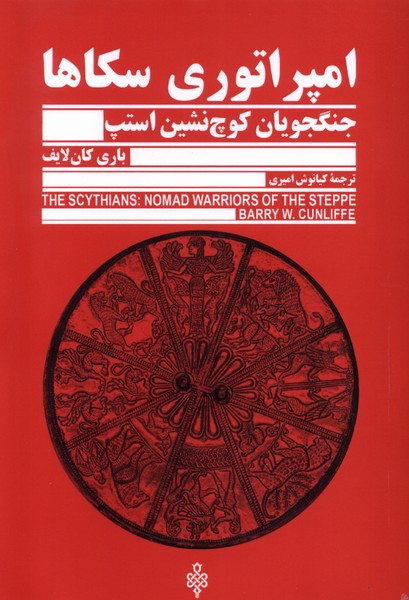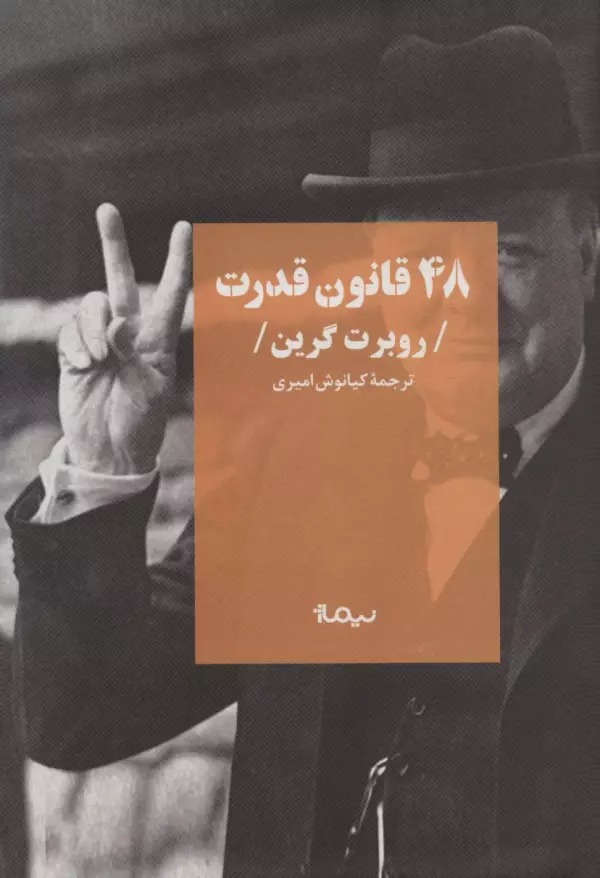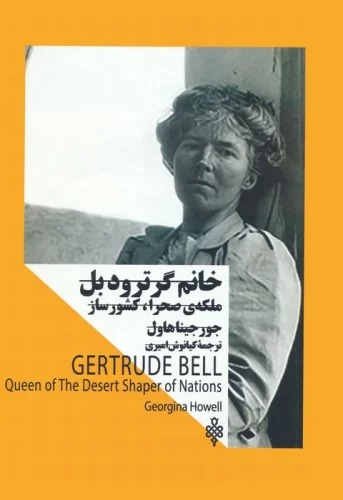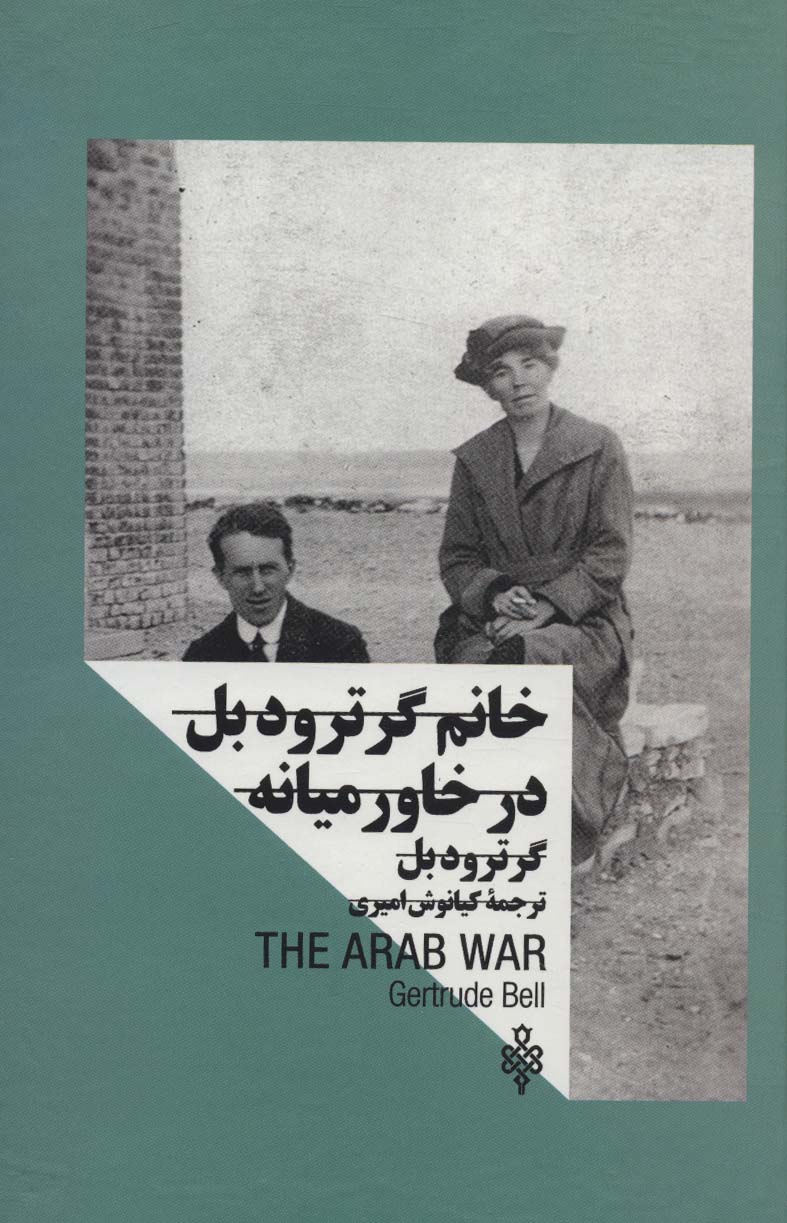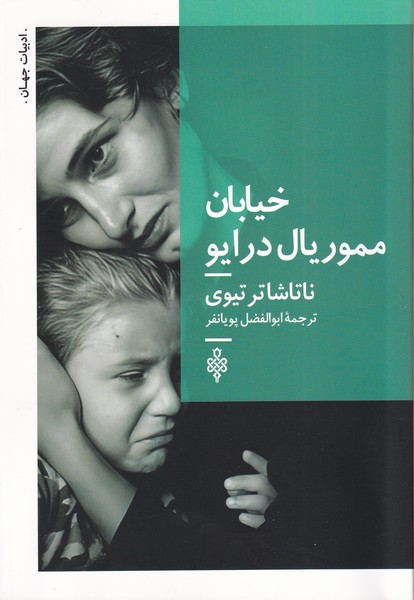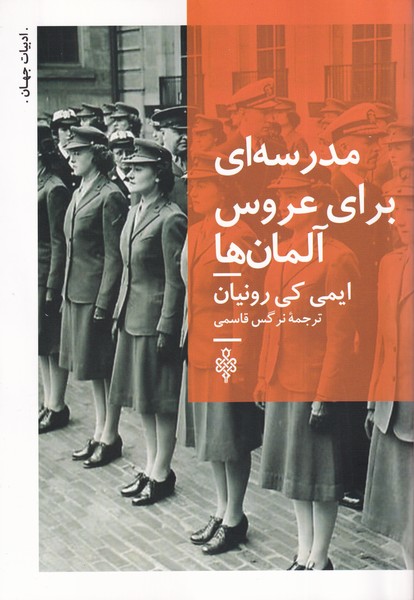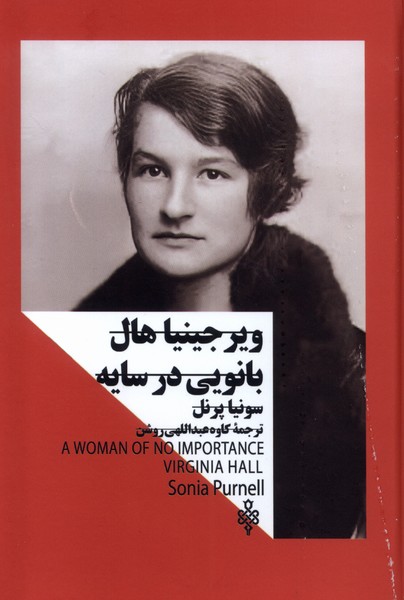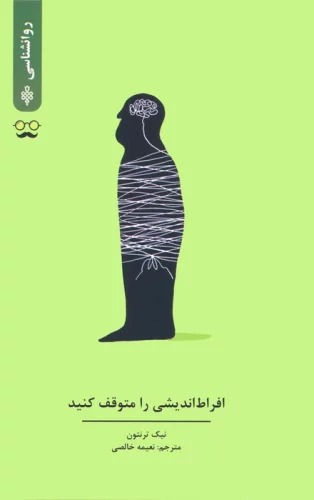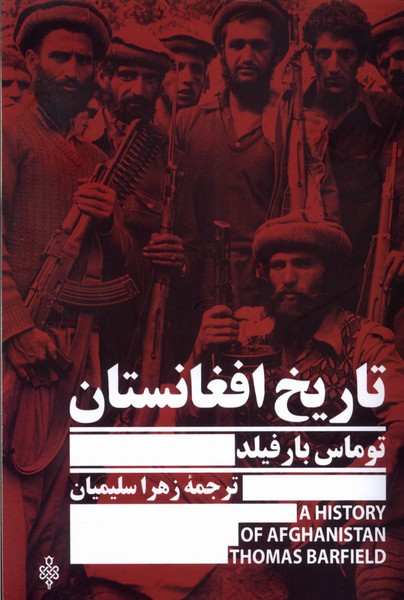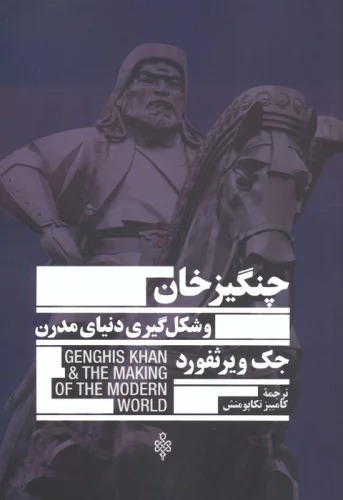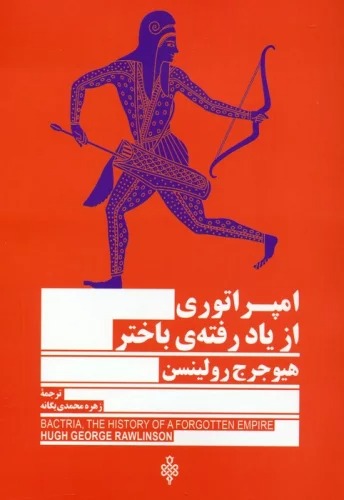Impirātūrī-yi Sakā'hā: Persiska (Farsi) 1402
امپراتوری سکاها
170 SEK
Dela
Wishlist
Originaltitel:
The Scythians: Nomad Warriors of the Steppe
ISBN:
9786004681100
Översättare:
Kīyānūsh Amīrī
Förlag:
Jumhuri
Åldersgrupp:
Vuxen
Sidor:
520
Vikt:
330 g
Produktmått:
14 x 21 x 4
,
7 cm
Bokomslag:
Pocketbok
Brilliant horsemen and great fighters, the Scythians were nomadic horsemen who ranged wide across the grasslands of the Asian steppe from the Altai mountains in the east to the Great Hungarian Plain in the first millennium BC. Their steppe homeland bordered several sedentary states to the south - the Chinese, the Persians, and the Greeks - and there were, inevitably, numerous interactions between the nomads and their neighbors. The Scythians fought the Persians on several occasions, in one battle killing their king and on another occasion driving the invading army of Darius the Great from the steppe.
Relations with the Greeks around the shores of the Black Sea were rather different - both communities benefited from trading with each other. This led to the development of a brilliant art style, often depicting scenes from Scythian mythology and everyday life. It is from the writings of Greeks like the historian Herodotus that we learn of Scythians their beliefs, their burial practices, their love of fighting, and their ambivalent attitudes to gender. It is a world that is also brilliantly illuminated by the rich material culture recovered from Scythian burials, from the graves of kings on the Pontic steppe, with their elaborate gold work and vividly colored fabrics, to the frozen tombs of the Altai mountains, where all the organic material - wooden carvings, carpets, saddles, and even tattooed human bodies - is amazingly well preserved.
Barry Cunliffe here marshals this vast array of evidence - both archaeological and textual - in a masterful reconstruction of the lost world of the Scythians, allowing them to emerge in all their considerable vigor and splendour for the first time in over two millennia.
more
سوارکاران زبردست و جنگجویان بزرگ، سکاها سوارکاران چادرنشینی بودند که در سراسر مراتع استپ آسیایی از کوه های آلتای در شرق تا دشت مجارستان در هزاره اول پیش از میلاد گسترده بودند. سرزمین استپی آنها با تعدادی از ایالت های بی تحرک در جنوب - چینی ها، ایرانی ها و یونانی ها - هم مرز بود و به ناچار تعاملات متعددی بین عشایر و همسایگان آنها وجود داشت. سکاها چندین بار با ایرانیان جنگیدند، در یک نبرد پادشاه آنها را کشتند و در موقعیتی دیگر ارتش مهاجم داریوش بزرگ را از استپ بیرون کردند.
روابط با یونانیان در اطراف سواحل دریای سیاه نسبتاً متفاوت بود - هر دو جامعه از تجارت با یکدیگر سود می بردند. این منجر به توسعه یک سبک هنری درخشان شد که اغلب صحنههایی از اسطورههای سکایی و زندگی روزمره را به تصویر میکشید. از نوشتههای یونانیهایی مانند هرودوت مورخ است که از عقاید سکاییها، شیوههای تدفینشان، عشقشان به جنگ و نگرشهای دوسویهشان به جنسیت میآموزیم. این دنیایی است که با فرهنگ غنی مادی که از دفن سکایی ها به دست آمده، از گورهای پادشاهان در استپ پونتیک، با کار طلایی استادانه و پارچه های رنگارنگشان، تا مقبره های یخ زده کوه های آلتای، که در آن همه مواد ارگانیک - حکاکیهای چوبی، فرشها، زینها و حتی بدن انسانهای خالکوبی شده - به طرز شگفتآوری حفظ شده است.
بری کانلیف در اینجا مجموعه وسیعی از شواهد - هم باستان شناسی و هم متن - را در بازسازی استادانه دنیای گمشده سکاها به نمایش می گذارد و به آنها اجازه می دهد تا برای اولین بار در بیش از دو هزار سال با تمام قدرت و شکوه قابل توجه خود ظاهر شوند.
more

